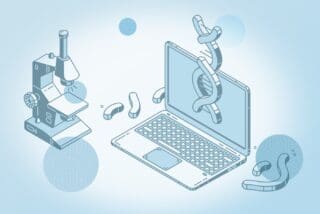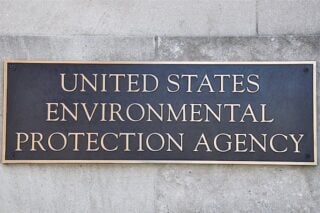Earlier this month, the President’s Cancer Panel, an independent panel established under the National Cancer Act in the 1970s, released its latest report to the White House and the public around concerns of the cost and value of cancer drugs today. The panel identified that at least 90% of Americans have spoken out about cancer drugs being too expensive, with most new drugs at over $100,000 for a year of treatment per patient. The panel noted they have even seen some cancer drugs introduced at upwards of $400,000 for a year of treatment.
Overall, the United States spends over $100 billion on cancer care, which is expected to rise to over $150 billion by 2020. Though the panel noted that many of these drugs have had transformative qualities for so many types of cancer, especially emerging treatments, the cost is unmanageable for the average American. Such financial toxicity leads to patients skipping or delaying treatment, which can lead to shortened survival.
With this in mind, the panel met with various focus groups including patients, health care providers, health insurance providers, leaders in pharmaceuticals, and government representatives from agencies like the National Cancer Institute. The goal was to develop recommendations to drive improvements in both the value of these cancer drugs and their cost.
The group’s first recommendation was better aligning the value of a particular drug with its cost. They noted that some drugs, like immunotherapy treatments, are costly for a year of treatment (for instance, Keytruda® is estimated to cost over $150,000 per year), but can have great value for the patient in extending survival. Some drugs, however, have shown minimal success in treatment, but are still just as expensive. Though the panel realizes it’s difficult to put a particular value on each individual drug, there needs to be better alignment with the results of clinical trials and how the drug performs on a wider scale and how much patients are expected to pay.
The most important realization from the panel is the need for continued investment and support for biomedical research. The costs to develop cancer drugs are extremely high, which contributes to the high costs patients then face. With more investments in research, these expenses can be better offset and help lead to more breakthroughs in cancer treatment. At the same time, the panel also wants to see more competition in the drug market with a greater investment in generic and biosimilar drugs that cost less than the name brand therapies. While these drugs naturally cost a bit less, the competition they create may also help drive costs down overall.
Lastly, the panel wants to find a way to provide patients with better knowledge around the cost of treatment. In their study, they found that at least 66% of patients want to discuss treatment costs with their doctor, but only 27% actually have these discussions. Through their focus groups, the panel recognized that overcoming these knowledge gaps and having discussions around treatment options with cost in mind is essential to preventing financial toxicity.
Ultimately, the President’s Cancer Panel recognizes that patients do not have the luxury to wait for affordable cancer treatments to be available, and more needs to be done by a number of agencies to achieve a more sustainable market.





